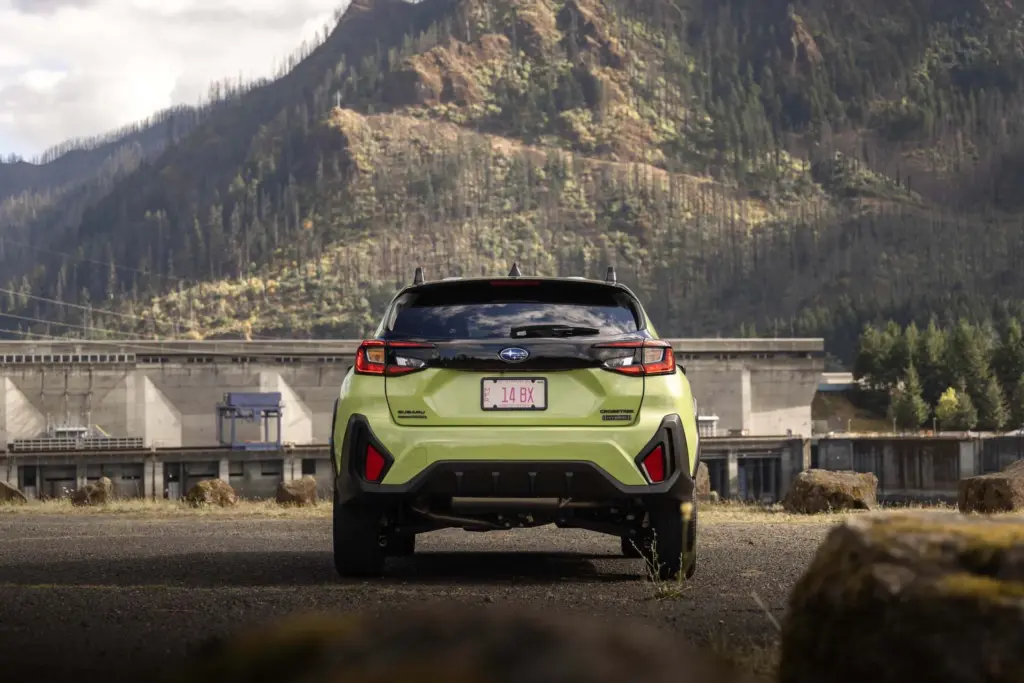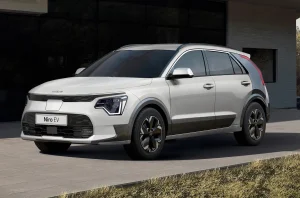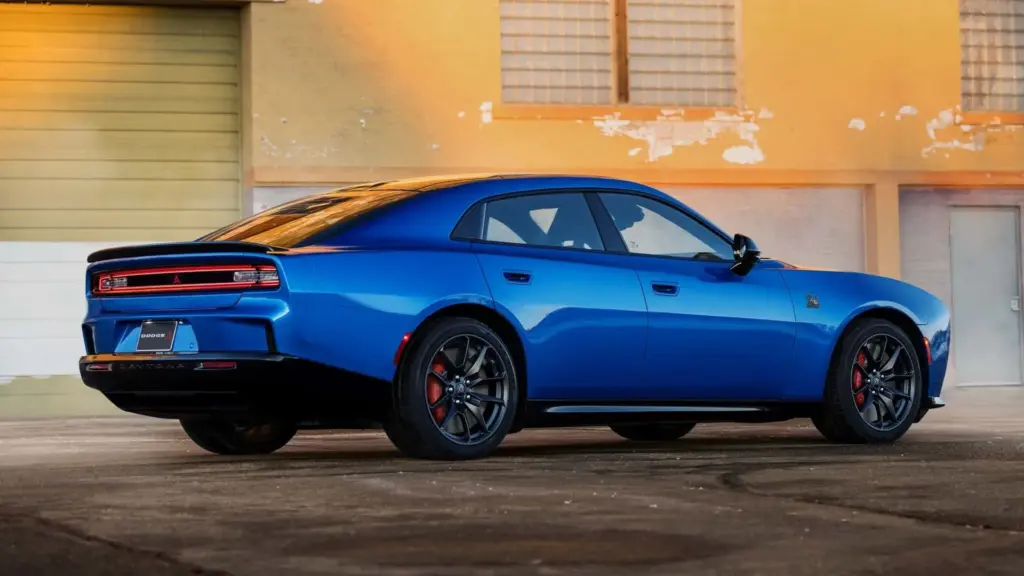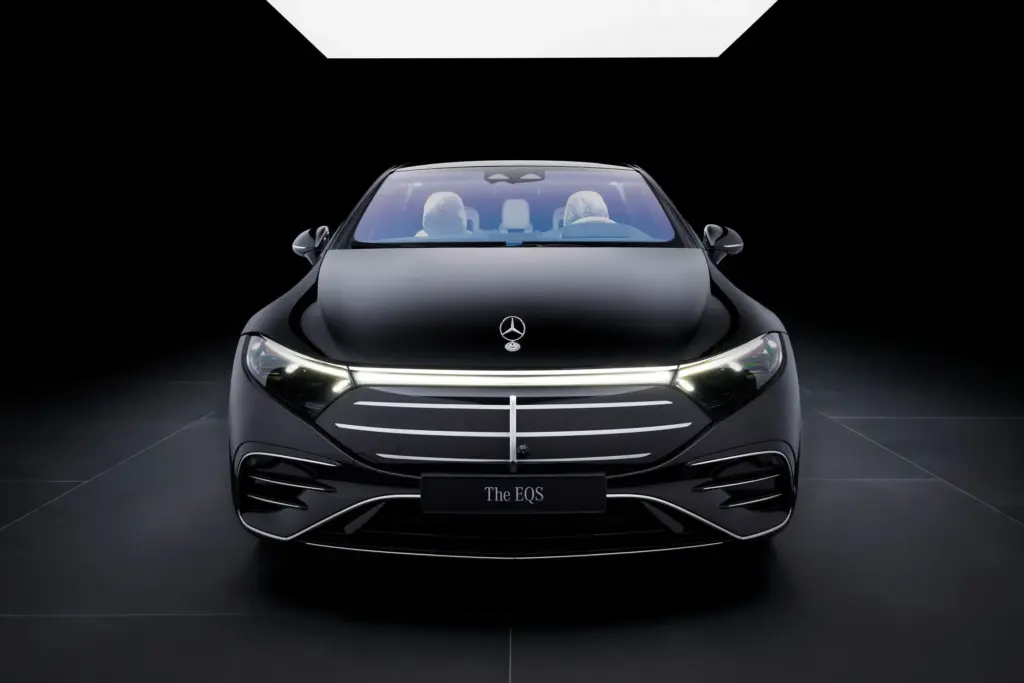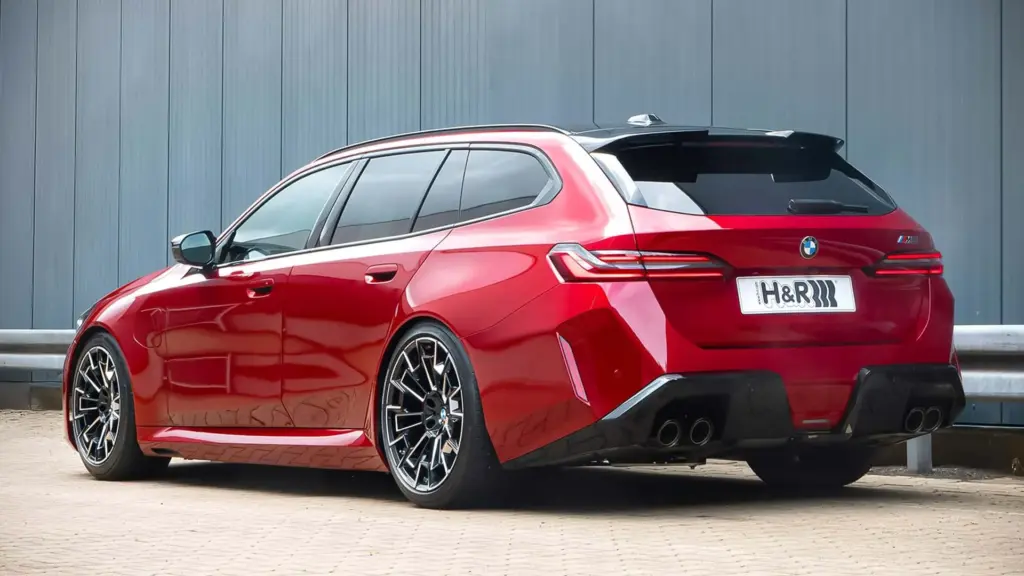Do you really need 600 miles of range? Data from a study with more than 40,000 electric vehicles show a different reality: the average daily distance is about 41 miles. In other words, a large part of the battery goes unused overnight.
How much range do you really need for your daily use?
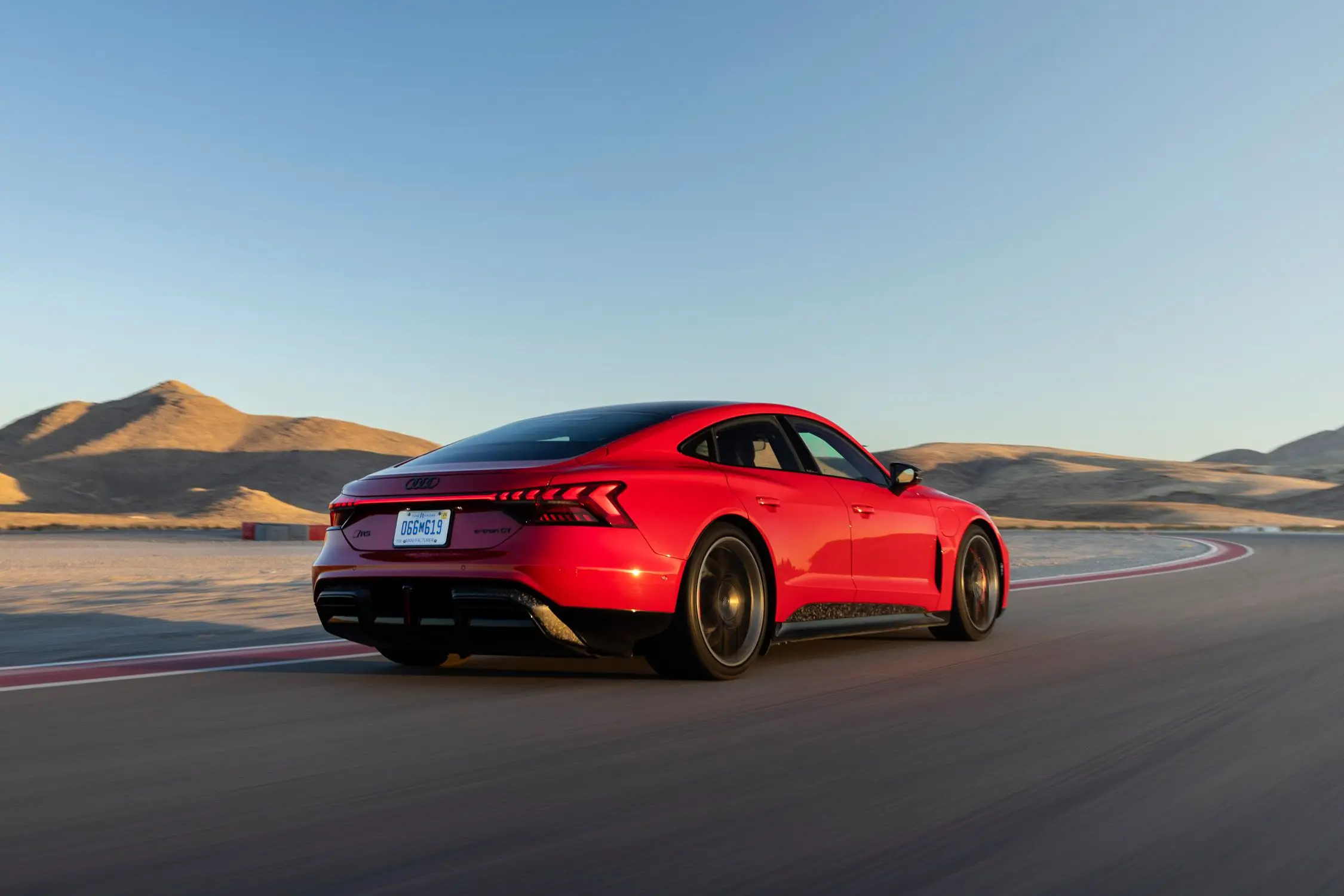
Typical daily routes are under 43 miles. Models with a 340–370 mile range use about 11.3% of their battery capacity in daily driving, while urban electric cars with 75–100 miles of range use around 22.8%. The important number isn’t the maximum in the catalog, but your actual profile of travel.
Small EVs focused on urban environments already cover daily routines with extra margin, charging overnight or every other day. A practical example of this concept is the Honda N‑One and designed for short trips with maximum efficiency.
Does a smaller battery reduce cost, weight, and range anxiety?
Yes, immediately. Smaller packs cut thousands of dollars in cost (usually $3,000–$10,000 less in the final price), reduce 220–660 pounds in weight, and improve efficiency, braking, and tire wear. Less mass means more lively low-end response and better city efficiency.
Another benefit is making EVs more affordable, expanding the market to more people. Strategies for popularization include smaller, efficient batteries, as exemplified by the Volkswagen ID.Every1 focused on democratizing electric cars.
Is 200 miles enough? How to size the ideal battery capacity?
For 99% of daily use, around 200 miles of real range is usually sufficient. This covers daily trips, safety margins, and weather variations. Level 2 AC charging at 7–11 kW easily replenishes 93–186 miles overnight, leaving the car ready without logistical effort.
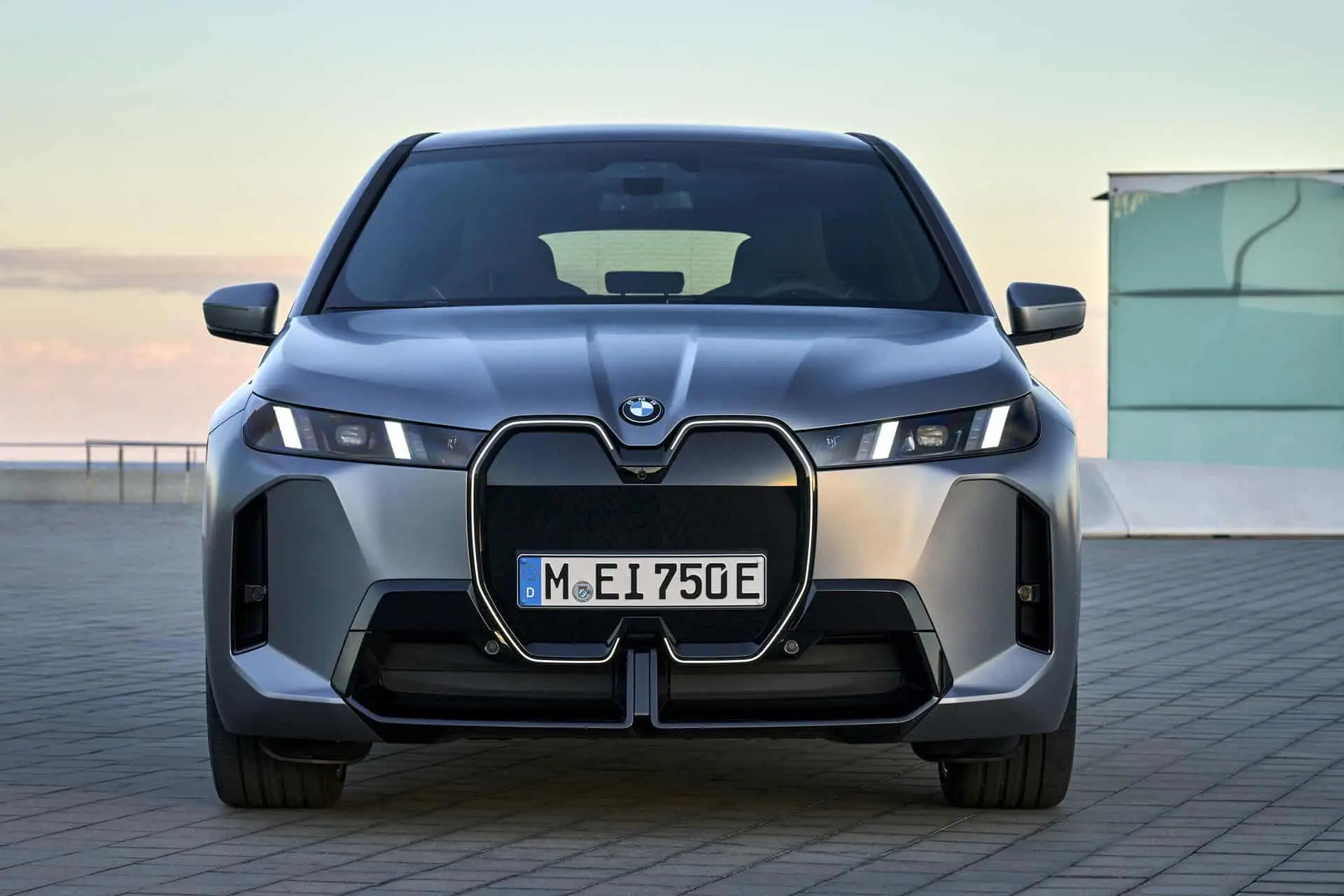
If you travel infrequently, the situation changes less than it appears. On those days, a quick stop is enough: check out this guide to fast-charging electric cars and see how a brief 10–25-minute charge can restore hundreds of miles.
Do infrastructure and fast charging justify smaller ranges?
Yes. DC chargers from 150–350 kW, combined with 400/800 V architectures, can bring many EVs from 10% to 80% in 18–30 minutes. In practice, this trades “huge range” for “quick top-up,” keeping the car light and your wallet happier.
And technology continues to advance: new chemistries and optimized packs further shrink these times. A preview of this is the Stellantis fast-charging battery (cycles in ~18 min), signaling a future where stopping time becomes a minor detail.
What changes in battery durability when avoiding massive packs?
Less mass = less effort. Smaller batteries in lighter cars endure fewer current and heat peaks. Longevity depends more on thermal management and charging habits (avoiding daily 100%, not overusing DC fast charging) than on absolute size.
Real-world cases with high mileage prove that longevity is more linked to design and conscious use than to “size for size.” Check the story of the Ioniq 5 with 88% capacity after 580,000 miles and understand the role of pack management.
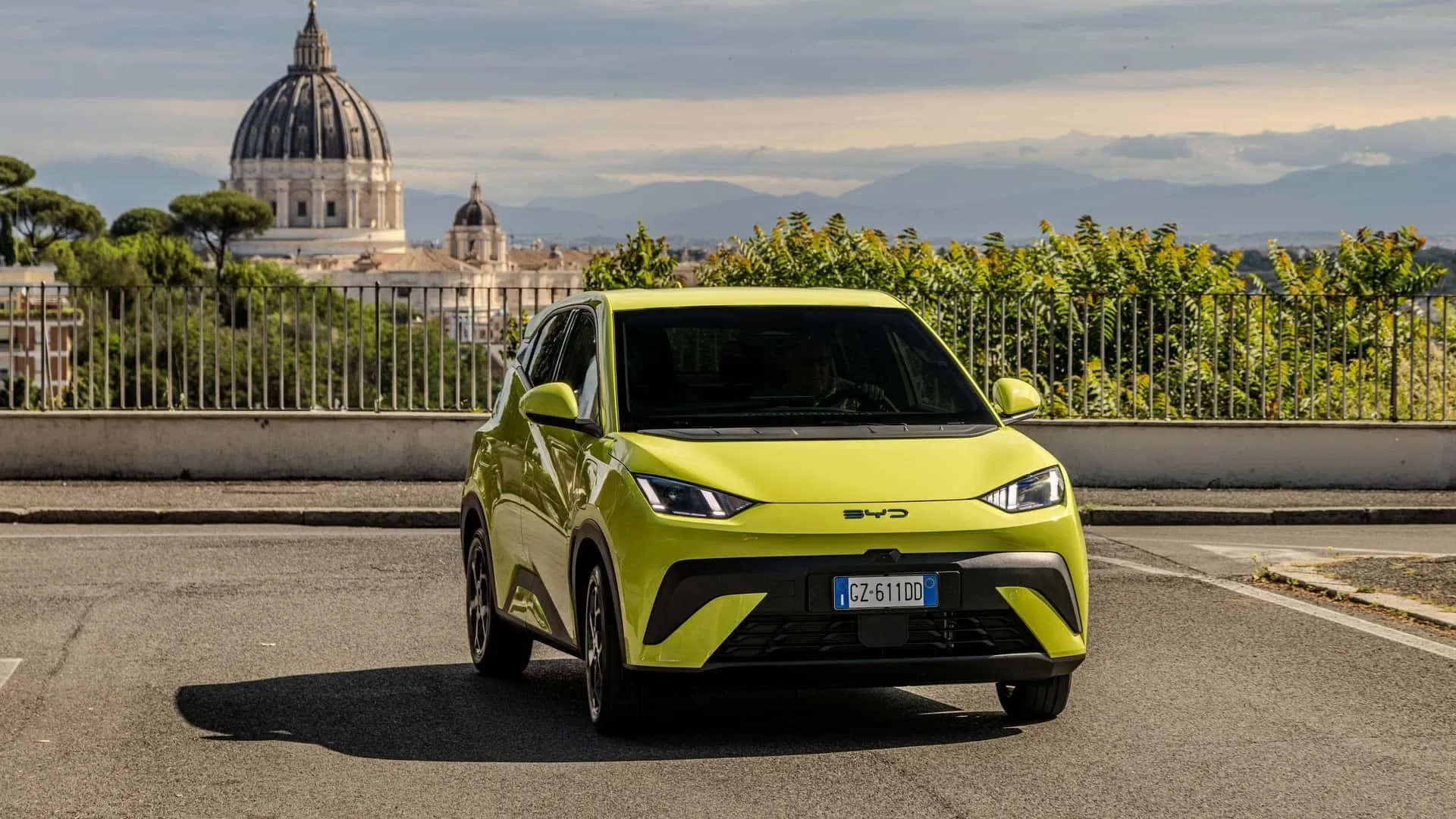
When does it make sense to seek more range?
- You drive 93+ miles per day
- No charging point at home
- Weekly long trips
- Frequent extreme weather
- Towing or heavy loads
- Long uphill climbs in your route
Small vs. large battery: pros and cons
- Lower purchase cost
- Lighter and more agile
- Less overall wear
- Less total range
- More frequent stops
- Fast charging offsets the smaller capacity
FAQ — quick questions
- Is 200 miles enough? For those who travel up to ~43 miles per day and make few trips per month, with a home or work charging point.
- Does a larger battery last longer? Not necessarily. Thermal management, software, and charging habits are more important for pack health.
- Does fast DC charging damage the battery? Occasional use is fine. Avoid daily DC fast charging and keep the battery between ~20% and 80% during regular use.
- How much extra does a large pack cost? On average, $3,000–$10,000, depending on chemistry and manufacturer.
- When does 300–370 miles make sense? For remote routes, constant severe weather, frequent towing, or schedules without time for recharging.
And you, how many miles do you drive daily, and how do you recharge? Share your routine in the comments, and let’s calculate the ideal range for your next EV.
Author: Fabio Isidoro
Founder and editor-in-chief of Canal Carro, he dedicates himself to exploring the automotive universe with depth and passion. A car and technology enthusiast, he produces technical content and in-depth analyses of national and international vehicles, combining quality information with a critical eye for the public.


